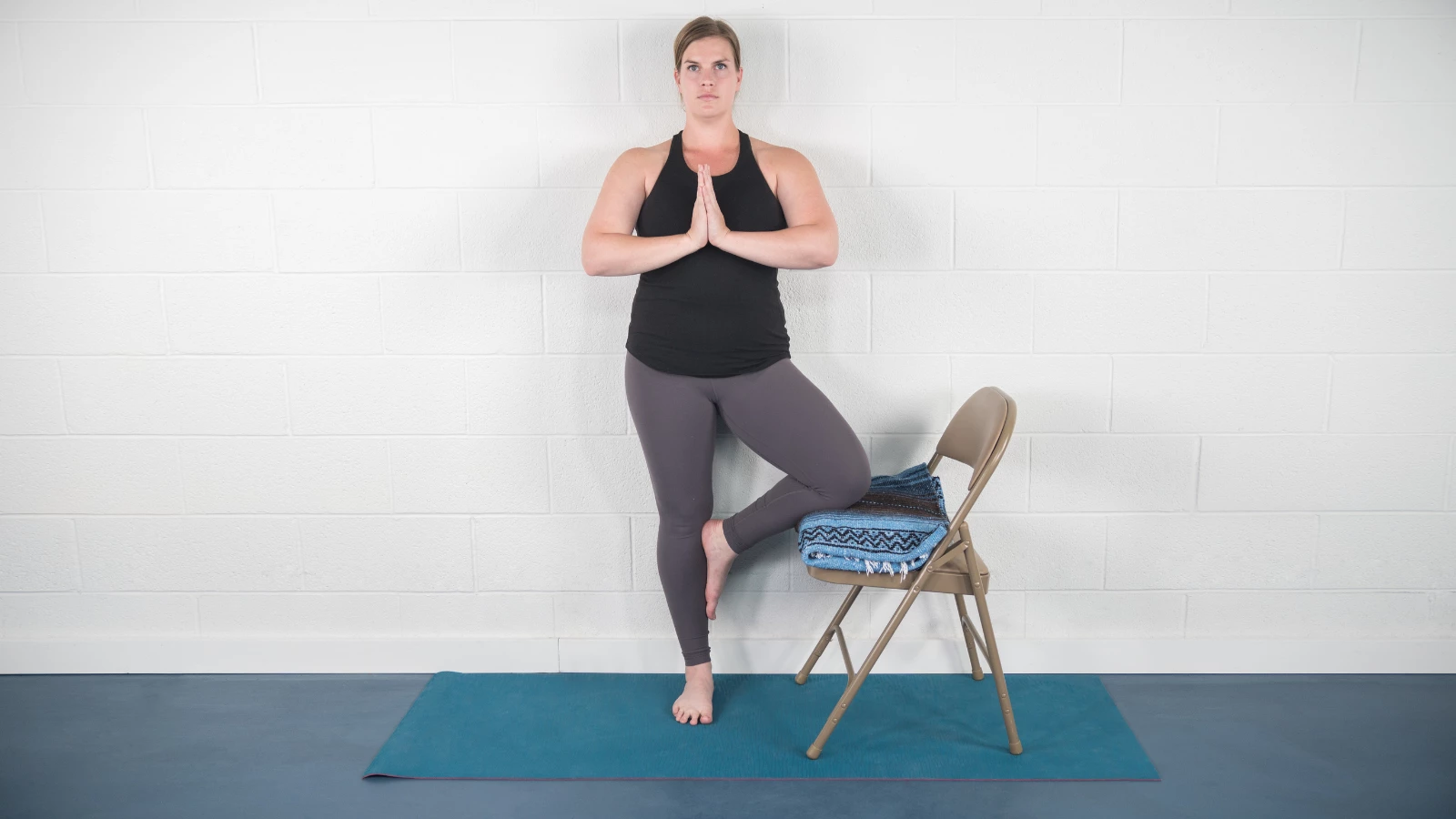The Accessible Yoga Revolution: Yoga for Everybody

What type of person practices yoga? If you go by the images plastered across magazine covers, television commercials, and online ads, you’d assume that all yogis are young, attractive, limber, lithe, and positively radiant with good health.
These images of yoga, ubiquitous in popular culture, sell an airbrushed, unrealistic portrayal of the type of person who can practice yoga. Unfortunately, many people who are curious about yoga don’t fit this stereotype. They may shy away from taking that big step into their first yoga class, intimidated by the images that tell them they’re not flexible enough, young enough, thin enough, pretty enough, strong enough—somehow just not enough.
This past spring, I encountered a very different image of yoga while training with Jivana Heyman and a large group of like-minded yogis at the four-day Accessible Yoga Training at Integral Yoga Institute in New York City.
“Accessible Yoga is a revolution,” Jivana said on the first day of the training. “Yoga itself is a revolutionary concept, that what we have inside is enough. That’s revolutionary.”
Jivana, my fellow students, and I were brought together by a shared desire to offer the teachings of yoga to people who currently don’t have access to them, whether due to age, body size, physical disability, chronic illness, or financial circumstance.
Part of our time together was spent learning how to adapt the asanas (poses) for different bodies. Jivana and his fellow teachers Rev. Rudra Swartz and Sarah Helt, encouraged us to first identify the benefits of an asana. From that starting point, we explored how to create variations of the pose that provide those same benefits, whether the student is standing on a mat, leaning against a wall, sitting in a chair, or lying down in a bed. Jivana, Rudra, and Sarah encouraged us to be creative and to explore how the poses feel within our own bodies in order to discover new and accessible variations to offer our students.
Teaching accessible yoga isn’t just about adapting the asanas but also involves sharing the spiritual, meditative, and philosophical practices of yoga. Jivana has a gift for making complex, profound scriptural teachings simple and clear and encouraged us to do the same so that our students can experience the peacefulness and wholeness that lies deep within.
Jivana created the first Accessible Yoga Training in San Francisco in 2007. Since then, Accessible Yoga has grown into an international non-profit advocacy and educational organization that offers two conferences a year, teacher trainings in the United States and overseas, an ambassador program, and an online network of teachers.
The mission of Accessible Yoga, as stated in the teacher training manual, is “ … to share the benefits of Yoga with anyone who currently does not have access to these practices and with communities that have been excluded or underserved. All people, regardless of ability or background, deserve equal access to the ancient teachings of Yoga, which offer individual empowerment and spiritual awakening. By building a strong network and advocating for a diverse Yoga culture that is inclusive and welcoming, we are sharing Yoga with all.”
The training I attended in May 2017 came on the heels of the three-day Accessible Yoga Conference, which was the first ever in New York City. The conferences began in 2015 in Santa Barbara.
The Accessible Yoga movement has been growing steadily ever since and will soon make its way to Toronto for the first international conference in June 2018, followed in October by a conference in Berlin.
I came away from the training excited and inspired by the example of Jivana and his team of teachers to think creatively and find new ways to expand the reach of yoga in my community.
To learn more about the Accessible Yoga Movement, visit www.accessibleyoga.org.
Christine Malossi began practicing yoga in 1999. Based in New York City, she offers an alignment-focused, slow Vinyasa practice that cultivates awareness and equanimity. She is currently enrolled in an 800-hour course on the History, Literature, and Philosophy of Yoga (taught by Brenda Feuerstein, designed by the late Georg Feuerstein). Christine is a Registered Yoga Teacher with Yoga Alliance and has additional certifications in Therapeutic Yoga, Restorative Yoga, Accessible Yoga, and Functional Anatomy for Movement and Injuries. She attended the University of Pennsylvania and NYU and also spent many years studying classical ballet. Find her at christinemalossi.com.



